Safe Walking
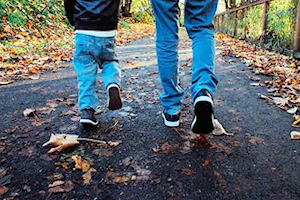
Children can struggle with walking safely in the community for a variety of reasons. Autistic children
for example often find walking out and about in the community and/or traveling on public transport overwhelming
due to their heightened levels of anxiety, their sensory differences, their lack of danger and safety awareness,
their need for predictability and their communication differences. Here are some strategies you can try to help keep your child safe when out and about.
Helpful tips and strategies
1. Safe walking
- Your priority is to keep your child safe when out and about. Practice walking short distances from home to the park or to the local shops and then home again.
- Give your child an instant reward for waling, like a high five or hug.

- If your child cannot keep holding your hand when out, use reigns or a backpack attached to reins and your wrist.
- Try avoid using the buggy as much as possible, as your child is getting bigger, and learning to walk out and about when younger is easier.


2. Planning trips on public transport
- Ensure the journey is familiar and part of the child’s routine.
- If the journey is new ensure it is predictable.
- Use praise e.g. for ‘good walking’, ‘good waiting’, and ‘good sitting’. Give them a hug or high five when the journey is complete.
- Know how many bus stops the journey will be or how many stops on the underground. You could write them down and mark them off as you go.

3. Preparation for all trips
- Backpack: A backpack with 5% of the child’s body weight can give them feedback to their muscles and joints and sense of where they are in space. Weigh the backpack down with a small water bottle.
- Other items inside can include: a change of clothing, ear defenders, squeezy or fidget toy, snack or chewy toy to help prevent anxiety and deal with the sensory overload on journey.
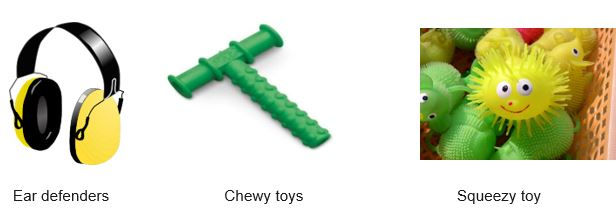
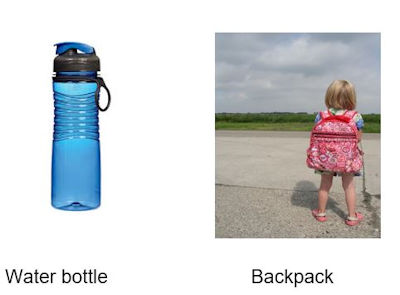
Visuals:
- Photographs on your phone of where you are going to: park, school, gran’s house, shops.
- ‘Now and Next card’ e.g. Now we are on the bus, next we will be in the park
- A picture of who they are going to visit
- A social story with pictures and your child as the main character can help with traveling on busses and trains and for things like: ‘what to do when someone is sitting in my seat’.
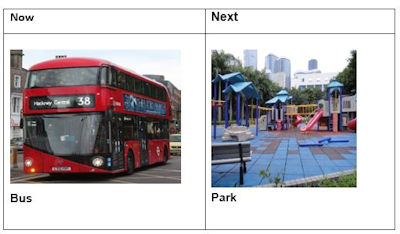
- Timing: try to travel at quieter times of the day to get your child used to the underground, or new route.
4. Predictability
- Start with simple, easy and predictable journeys.
- Always take the same bus or train and wait in the same places.
- Use simple language
- Reassure your child by saying things like: “We’re okay, mummy’s here.”
- Leave enough time so you don’t have to rush.
- Have a reward at the end of the journey when you’re home like bubbles or iPad time.
Other modes of transport: Airports
Going to the airport and flying on long journeys can be very overwhelming for your child.
- Always try and find someone who works at the airport terminal to guide you through the process.
- Before your flight see if you can get a window seat on the flight or one nearest to the toilets.
- Always sort out entertainment
- After you get off the flight, if you have luggage to claim, ask someone to help.
- Gatwick airport have a cartoon video to prepare for the journey: HiddenDisability@gatwickairport.com
- Gatwick airport also have social story you can print off: https://www.gatwickairport.com/globalassets/passenger-services/special-assistance/autism-guide.pdfOr make your own social story with pictures of your child, the airport, the plane and where you are traveling to.
- The hidden disabilities lanyard is also called the “sunflower lanyard” because of its appearance – a strip of green with a pattern of yellow sunflowers. Once you get one, it is yours to keep and use for future travels, visits and outings where the scheme is recognised.
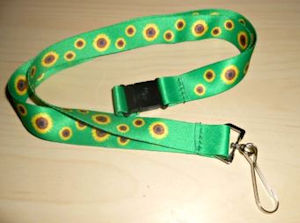
Last updated27 Mar 2025

